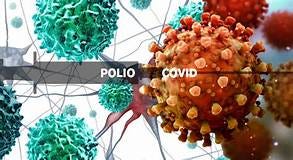
If we strip away the official narratives that have dominated public discourse for decades, striking parallels between the polio epidemic of the mid-20th century and the COVID-19 pandemic that began in 2020 start to reveal themselves. Both were heralded as catastrophic viral outbreaks requiring urgent and unprecedented medical interventions. Yet, beneath the surface, a disturbing pattern emerges — one that raises questions about whether these “pandemics” were deliberately constructed or exaggerated to serve hidden agendas.

There are eerie similarities between these two public health crises — from the widespread use of devices like iron lungs and ventilators to experimental treatments that may have caused more harm than good. Were these measures genuinely designed to protect the public, or were they part of something far more sinister?
The Polio Epidemic: Real Disease or Manufactured Crisis?
In the mainstream narrative, polio is portrayed as a highly contagious viral illness that paralyzed thousands, leading to the invention of the iron lung to sustain patients who could no longer breathe on their own. By the 1950s, mass vaccination campaigns, led by figures like Jonas Salk, were celebrated for eradicating the disease. But what if this story was built on shaky foundations, driven not by a virus, but by a web of political and financial interests — and perhaps something even darker?
During the height of the polio epidemic, DDT — a potent pesticide — was sprayed liberally on crops, neighborhoods, and even children. The neurological symptoms caused by DDT poisoning, including paralysis, were strikingly similar to those attributed to polio. Could it be that what was labeled as "polio" was a convenient cover-up for mass neurotoxic exposure? And was this crisis exploited not just for profit, but potentially for population control under the guise of public health?

Iron Lungs and Ventilators: Tools of Treatment or Instruments of Control?
The iron lung became a symbol of the supposed polio crisis, using negative pressure to force air into the lungs of paralyzed patients. Decades later, during the COVID-19 pandemic, ventilators took center stage once again — but this time, with positive pressure forcing air directly into patients' lungs, sometimes with fatal consequences. Was this aggressive intervention genuinely life-saving, or did it serve another purpose?
Reports during COVID-19 revealed alarmingly high mortality rates among patients placed on ventilators, especially the elderly. Were these machines a genuine last resort, or were they tools to create an illusion of crisis, inflating death counts to justify extreme public health measures? Could the aggressive use of ventilators have been part of a broader agenda to control the population under the pretense of saving lives?

Experimental Treatments: Radiation for Polio
During the early to mid-20th century, radiation therapy was sometimes explored as a treatment for various ailments, including the supposed polio virus, despite a lack of solid evidence supporting its effectiveness.
Some of the radiation treatments likely used on people diagnosed with polio included:
X-Ray Therapy: X-rays were used to target muscles affected by polio paralysis, with the aim of reducing inflammation and pain. This approach was based on the belief that radiation could stimulate muscle recovery, although it was largely ineffective and carried significant risks, such as tissue damage and increased cancer risk.
Radium Treatments: Radium, which emits alpha, beta, and gamma radiation, was sometimes used for its supposed healing properties. Patients might have been exposed to radium in direct applications or radon inhalation therapies or baths. These methods were based on unproven theories that radiation could stimulate the immune system.
Ultraviolet (UV) Radiation Therapy: UV radiation was occasionally used under the assumption that it could boost immune function or kill pathogens. Patients were sometimes exposed to UV light sources to treat paralysis or other symptoms of polio.
Fluoroscopy for Muscle Stimulation: Some doctors experimented with fluoroscopy—a continuous X-ray imaging technique—to supposedly stimulate nerves and muscles in polio patients. However, this method exposed patients to high doses of radiation over extended periods, leading to potential long-term health consequences.
These radiation treatments were largely experimental and often applied without fully understanding their risks. In an era with limited therapeutic options, they were administered despite the known dangers and risks, and many patients may have been subjected to these procedures without their informed consent.
Radiation-Based Treatments and Imaging During COVID-19: A Harmful Continuation of Past Practices
The use of radiation in the response to COVID-19 mirrors its application during the polio epidemic, where radiation-based treatments and imaging techniques were employed as part of the broader response to what is thought to be a viral disease, despite the known risks. Just as radiation therapies like Xenon-133 and radionuclide treatments were used experimentally for lung damage in COVID-19 patients, similar approaches were considered during the polio crisis, where radiation was believed to alleviate symptoms or help with respiratory issues.
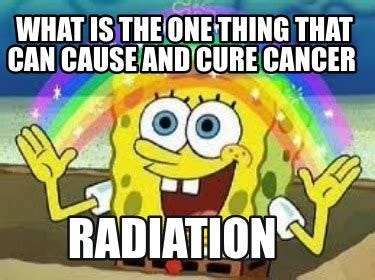
The question remains: why, despite the clear risks of radiation exposure, was it deemed acceptable to use these.
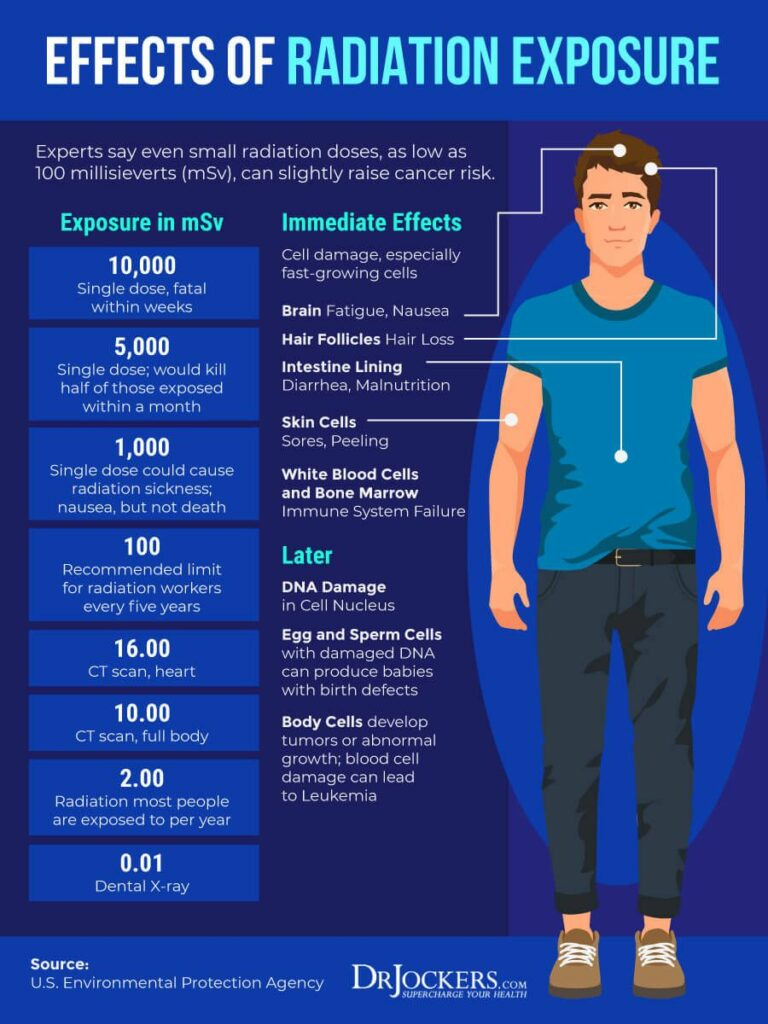
Despite the well-known risks of radiation, several approaches were pursued with minimal evidence of effectiveness and without clear regard for patient safety. Below is a list of some of the radiation treatments and imaging methods used during the pandemic, each carrying significant risks.
Xenon-133: A Dangerous Experiment
Xenon-133, a radioactive gas typically used for lung imaging, was promoted as a potential treatment for COVID-19-related lung damage. However, this experimental approach exposed patients to radiation, whether used diagnostically or therapeutically. Subjecting already compromised patients to a radioactive substance in an attempt to clear lung inflammation was a reckless gamble. There was no proven evidence that Xenon-133 could treat supposed viral pneumonia, yet it was still used diagnostically, putting patients already at risk of further lung damage, immune suppression, and increased susceptibility to secondary infections like bacterial pneumonia.Radionuclide Therapy: Playing with Fire
Radionuclide therapy, which involves injecting radioactive isotopes to target inflamed tissues, was also explored as a treatment for COVID-19. However, this untested and dangerous approach carried the risk of exacerbating lung damage and further weakening the immune system. With no clinical evidence supporting its effectiveness for supposed viral infections, this therapy risked causing more harm than good, including radiation-induced lung damage and increased susceptibility to infections.Low-Dose Radiation Therapy: A Misguided Attempt at Modulation
Low-dose radiation therapy (LDR) has been used in certain contexts to modulate the immune system, but its application in treating COVID-19 was unsupported by clinical data. The idea of using LDR to manage inflammation in an already immune-compromised population lacked scientific backing and was a potentially dangerous move. It could have led to further immune system suppression, increasing the risk of infections and worsening the outcomes for patients already battling respiratory distress.Radiotherapy for COVID-19 Pneumonia: Unfounded Risk
The suggestion to use radiotherapy, a treatment typically reserved for cancer patients, to treat COVID-19 pneumonia was not only scientifically unfounded but also highly dangerous. Radiotherapy exposes the lungs to high doses of radiation, which can cause lung fibrosis, tissue damage, and immune suppression. In patients already suffering from supposed viral pneumonia and lung inflammation, radiotherapy could have worsened respiratory function, impaired the body's ability to fight off infections, and delayed recovery.Proton Therapy: A High-Risk "Experiment"
Proton therapy, while used in cancer treatments, was proposed as a solution for COVID-19-related lung damage despite the lack of evidence supporting its efficacy for supposed viral infections. Although proton therapy may be less damaging to surrounding tissues compared to conventional radiation, it still carries the risk of harming healthy lung tissue and impairing immune function. Using this technology to treat COVID-19 was a misuse of medical equipment, driven more by desperation for a quick solution than by sound scientific reasoning. The potential consequences included long-term respiratory issues and delayed healing.
Imaging Exposures: Further Harm
In addition to experimental radiation treatments, radiation-based imaging techniques like CT scans and X-rays were extensively used during the pandemic, despite their known risks.
Repeated use of these imaging methods exposed patients to cumulative radiation, compounding the risks of lung damage, immune system suppression, and increased cancer susceptibility.
X-rays were performed repeatedly, particularly in emergency settings, exposing patients to small doses of radiation with each scan. While a single X-ray may have a relatively low dose, the cumulative effect of multiple scans can add up, causing further lung damage and complicating recovery from COVID-19.
CT scans, which deliver significantly higher radiation doses, were also overused in critical care settings. These scans were often employed to monitor disease progression, but the repeated exposure to high levels of radiation could have contributed to lung fibrosis, weakened the immune system, and delayed recovery.
The overuse of these imaging techniques in the management of COVID-19 may not have only failed to contribute meaningfully to patient recovery but also introduced unnecessary risks that could have actually caused or exacerbated symptoms diagnosed as COVID-19.
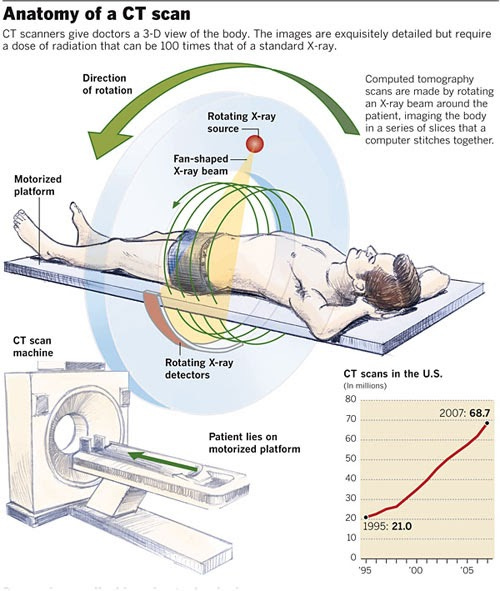
The Overlooked Impact of 5G and Electronic Smog on Hospital Environments
The expansion of 5G technology, with antennas and equipment installed on hospital rooftops and integrated into medical devices, has led to increased concerns about the health implications of electromagnetic field (EMF) exposure. Hospitals, already saturated with electronic equipment, create an environment filled with "electronic smog."
This constant bombardment of EMFs may worsen conditions for patients, particularly those with weakened immune systems or chronic illnesses, potentially interfering with their recovery. Despite these concerns, the conversation around how 5G networks and electronic pollution could contribute to heightened radiation exposure in such sensitive environments is rarely addressed in public health discussions.

Unmasking the Hidden Agendas: Public Health or Population Control?
What if the polio epidemic wasn’t about saving kids from a mysterious non-existent virus, but about making the pharmaceutical industry look like the heroes, while toxic pesticides and radiation were casually poisoning everyone?

And then COVID-19 rolls around (also with a questionable etiology), and instead of a simple health crisis, it’s a medical gold rush.

Vaccine distribution, pharmaceutical profits, ventilators, and, of course, more experimental treatments — maybe even some fun new ways to radiate things under the guise of “health” — but no one asks the important question: Why?
Could both of these crises have been manufactured or manipulated to justify population control measures, with a side order of “trust the experts” and “don’t question the narrative”? When you throw in a little radiation and a dash of pesticides, and heavy metals suddenly the whole “public health” narrative seems a little more like public manipulation. What if, for all this time, we’ve just been guinea pigs in an ongoing experiment that looks suspiciously like an agenda?
It’s time to stop accepting these health crises at face value and start asking the tough questions: Were these pandemics really about protecting our health, or were they a clever distraction for something far more nefarious — like, say, controlling a population under the guise of a medical emergency?










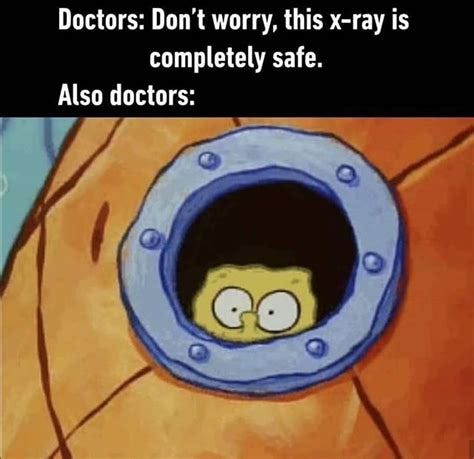




Why is toxicity ignored or hidden from potential customers (patients). My elderly (older) sister has recently been diagnosed with a malignant neoplasm of rectum.
I passed her information to discuss with her oncologist prior to drastic medical measures. My sister said, "They are arranging for an earlier MRI hereafter the specialists have a meeting to discuss the treatment, depending on the MRI results. Radiotherapy, Chemo and op to remove the tumour. "Response was was, "Said they only use methods that have been proven over a long period of time and they treat hundreds of patients."
They are so indoctrinated in the medical industry that they won't even consider less drastic measures even if the patient requests it. I told her you as a patient, have the full right to ask that they first to consider the treatment referenced prior to the drastic Radiotherapy, Chemo and op to remove the tumour.
IMO, it does not mean that because they have adopted a proven methodology, that newer findings which are far less drastic cannot be considered especially that this has study been peer reviewed. Ask her to at least try the PROPOSED HYBRID ORTHOMOLECULAR PROTOCOL that is provided in the document prior to the very drastic mentioned methodology.
Its all about money and experiments today.
This is an important revelation about the link to DDT. I had assumed the causes were associated with a toxic combination of EMF, radio frequencies, seed oils (Crisco, etc.), and vaxxes. Not that there is ever one cause – it's the lethal mixture that overloads the immune system.